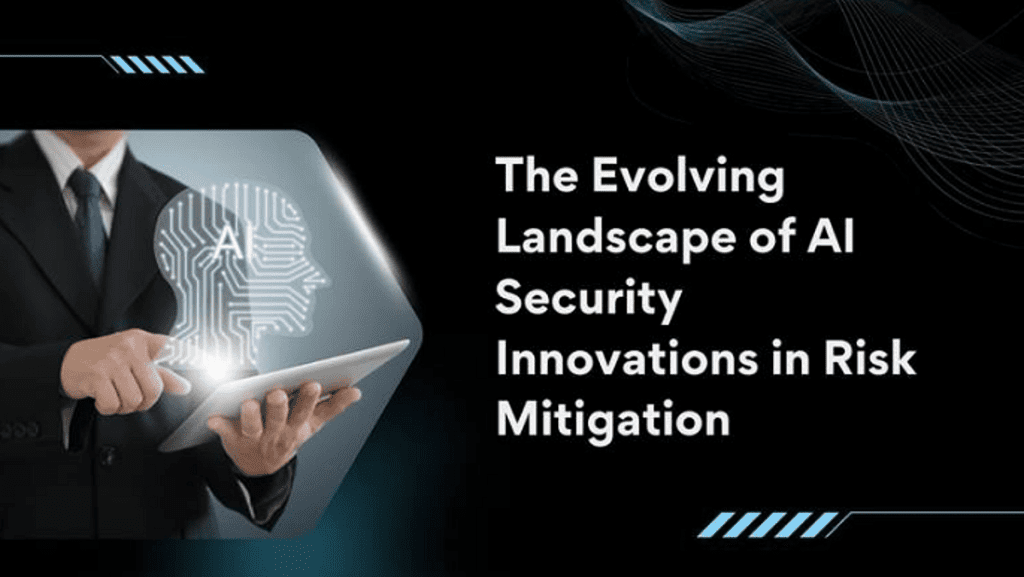The Future of AI Security: Anticipating Threats Before They Strike
As artificial intelligence continues to advance, so do the challenges that come with it. We’re entering an era where AI security is no longer just about responding to threats—it’s about anticipating them proactively. Think of it as having a security system for your home that doesn’t just react to intruders but predicts potential break-ins before they happen. This shift in mindset is crucial for both AI developers and organizations looking to integrate AI safely into their operations.
A Collaborative Approach to AI Security
To tackle emerging risks, collaboration is key. Security researchers, AI developers, and policymakers must work together to create robust security infrastructures. By combining adversarial training, differential privacy, and continuous monitoring, we’re ushering in a new dawn for innovation in AI security. Imagine a network of experts piecing together their unique perspectives and practices to build a fortress around AI systems—that’s the future we’re striving for.
Deepak Gandham’s research emphasizes this transformational shift. It underscores the importance of moving from a reactive stance—where organizations respond to breaches once they occur—to a proactive one that anticipates and neutralizes threats before they escalate. Such a proactive approach can help organizations harness AI’s full potential without falling prey to its inherent risks.
Investments in AI-Specific Security Tools
Organizations must also be willing to invest in AI-specific security tools that can detect and counter threats posed by malicious actors. Think of these tools as the AI equivalent of a security camera system—keeping watch and alerting when something seems amiss. With the rise of increasingly sophisticated cyber threats, bolstering defenses is not just a good idea; it’s a necessity.
Embracing Technological Innovations and Best Practices
For a safe future in AI, businesses will need to embrace cutting-edge technologies, adopt best practices from the industry, and support legislative measures aimed at strengthening AI safety. This triad of advancement, regulation, and standardized practices forms a solid foundation for a secure AI-driven future.
Real-Life Implications: Staying Ahead of the Curve
Consider this: a financial services firm adopts machine learning algorithms to predict market trends. However, without proper security measures, they expose themselves to potential data breaches. By employing a proactive strategy—attending workshops on AI security, investing in monitoring tools, and collaborating with cybersecurity experts—they can safeguard sensitive information while still enjoying the benefits that AI provides.
Conclusion: A Bold New Era for AI Security
The evolving landscape of AI security demands vigilance and innovation. Future research and development focused on defense strategies will continue to play a pivotal role in keeping organizations safe from risk. Organizations that implement these practices now will be better equipped to thrive in an era where AI is intertwined in everyday operations.
The AI Buzz Hub team is excited to see where these breakthroughs take us. Want to stay in the loop on all things AI? Subscribe to our newsletter or share this article with your fellow enthusiasts.




